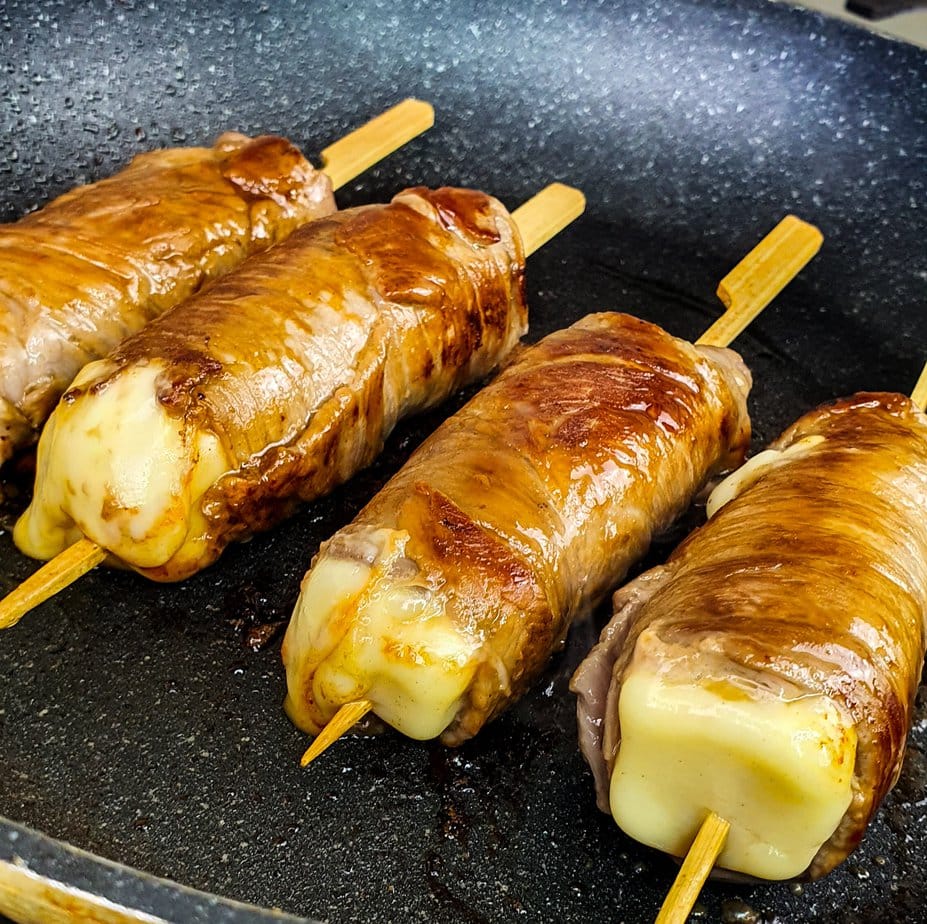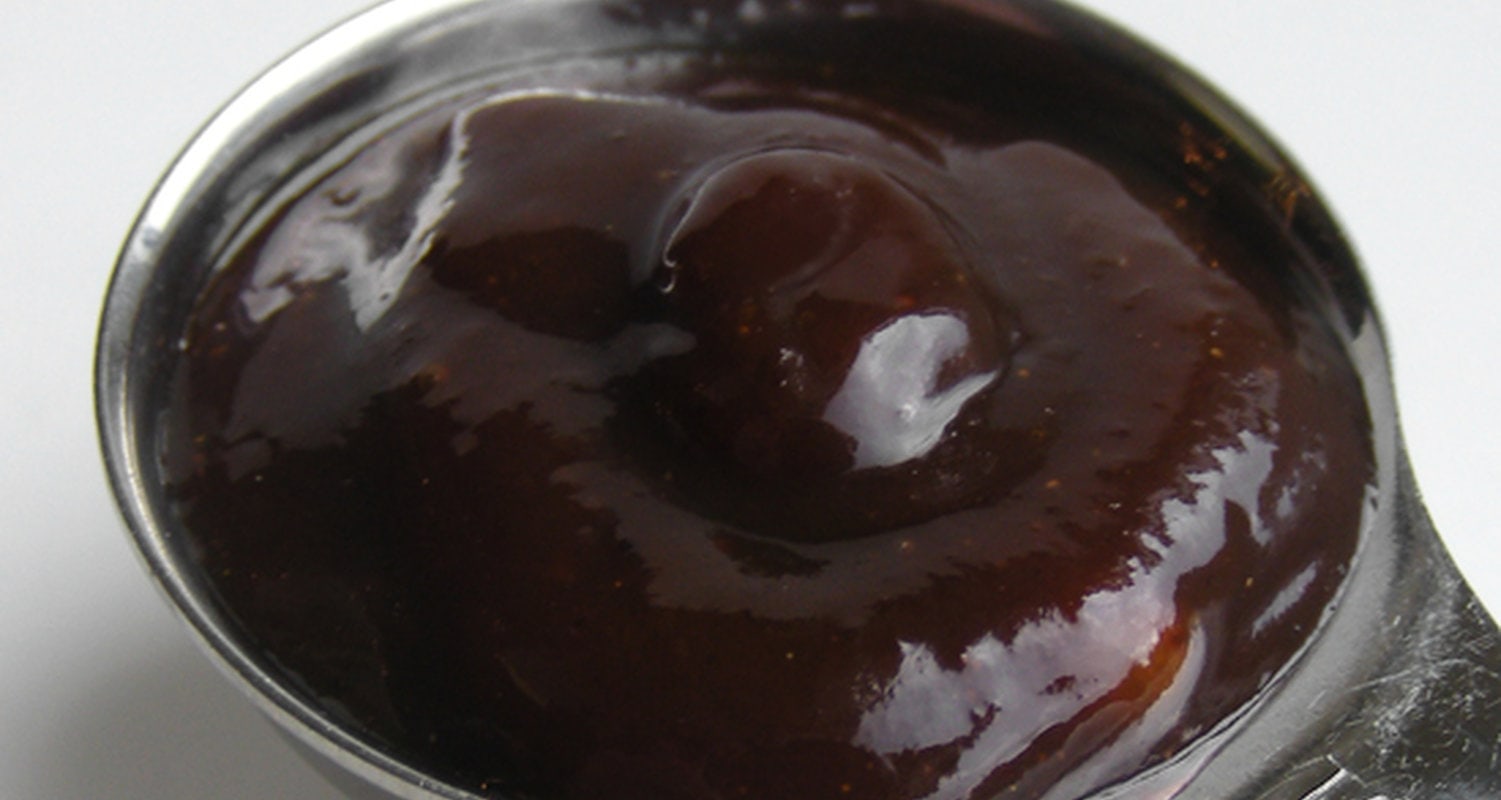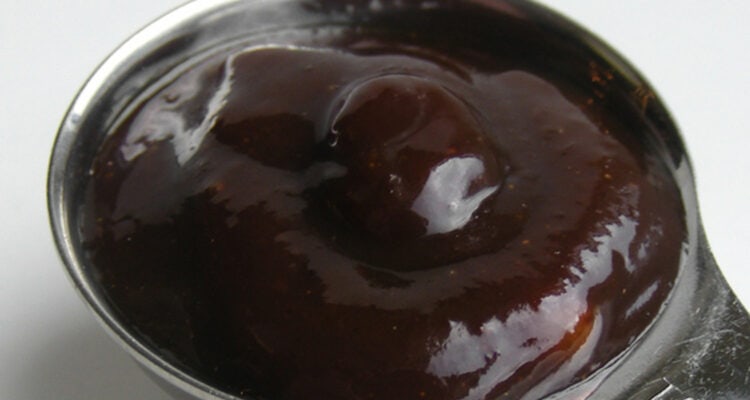The authentic yakitori sauce recipe, a simple recipe with only 5 ingredients but an unforgettable taste
Some mysteries will always be as elusive as a runaway wheel of camembert—“Who is Ornicar?”, “Was Lady GaGa ever a man?”, and “How do you actually make that famous tare that tastes just like our favorite yakitori vendor’s?”
What is yakitori sauce?
Tare is a bit like the secret sauce of the skewer samurai. The one that coats the grilled chicken on Tokyo’s streets is a gentle blend of shoyu (that’s just “soy sauce” in Japanese, but let’s admit it sounds fancier this way) and sugar, with a bold touch of complexity thrown in.
These recipes are guarded as closely as the last croissant in a Paris bakery, with every yakitori-ya adding their own twist to strike the perfect balance between salt, sweetness, and umami.

What’s the difference between teriyaki sauce and yakitori sauce?
Teriyaki sauce is a classic in Japanese cooking. It’s made with soy sauce, mirin, sake, and sugar. It’s super versatile—you can use it to marinate or glaze all kinds of dishes, it’s really great.
Now, let’s talk about yakitori sauce. It’s made specifically for yakitori chicken skewers or even tsukune meatballs. The recipe is pretty similar to teriyaki sauce—soy sauce, mirin/sake, and sugar—but it has one special touch: dashi stock.
And that’s one of the big differences between these two sauces. Also, yakitori sauce is often reduced until it’s nice and thick, so it really clings to the chicken skewers as they cook. So, even though these two sauces share key ingredients, they’re made and used in slightly different ways.
How do you use yakitori sauce?
Ah, yakitori! There’s a whole world of misinformation swirling around this concept.
First, let me clear up a bit of confusion about those famous yakitori beef and cheese skewers, which I’ve posted the recipe for on this site. Don’t be fooled—despite their exotic name, these cheesy delights are as French as the Eiffel Tower or a good old grumble about the weather.

And now, let’s move on to another hot topic—hotter than the last World Cup final: how to use the sauce. No matter what you might hear, this sauce isn’t meant for marinating—no way!
This is a glazing sauce, more artistic than a brush dipped in a painter’s palette. You use it during cooking, brushing your skewers several times with a kitchen brush (or even an old scrap of cloth—no need to be fancy here), just like an impressionist painter at work.
There you go, you’ve got the well-kept secrets of yakitori… well, not all of them—I’m saving a few for next time!
Yakitori sauce ingredients
Mirin: Mirin is a type of sweet Japanese sake that’s often used in cooking to add sweetness and shine to dishes. In this recipe, it gives the sauce a subtle sweetness and a beautiful gloss.
Sugar: Sugar adds sweetness to the sauce and also helps balance out the salty flavor of the shoyu. Plus, when cooked at high heat with the mirin, sugar helps reduce the sauce and gives it its overall texture.
Shoyu: Shoyu, or Japanese soy sauce, is the main ingredient in this sauce and gives it its signature dark brown color along with its salty, umami flavor. High-quality shoyu will give the sauce a richer, deeper taste. I recommend getting some tamari sauce.
Dashi powder: Dashi is a classic Japanese stock made from ingredients like kombu (dried kelp) and bonito flakes. Dashi powder is used to add more umami flavor to the sauce.
Kuzu: Kuzu (or kudzu) is a starch often used as a thickener in Japanese cooking. In this recipe, it’s dissolved in water and added to the sauce to give it a thicker, smoother texture. You can swap it for cornstarch or potato starch if needed.
Yakitori sauce recipe

Ingredients
- 100 ml mirin
- 125 g sugar
- 400 ml light soy sauce
- 1 teaspoon dashi powder
- 1 tablespoon kuzu for thickening
Instructions
- Pour the mirin and sugar into a saucepan. Bring to a boil and cook until the liquid reduces by one-third.100 ml mirin, 125 g sugar
- Add the dashi powder and soy sauce, then bring to a boil and cook for 3 minutes. Dissolve about one tablespoon of kuzu in a little cold water, then stir it into the sauce.1 teaspoon dashi powder, 400 ml light soy sauce, 1 tablespoon kuzu
- Continue stirring for another 3 minutes, until the sauce is glossy and slightly thick.

